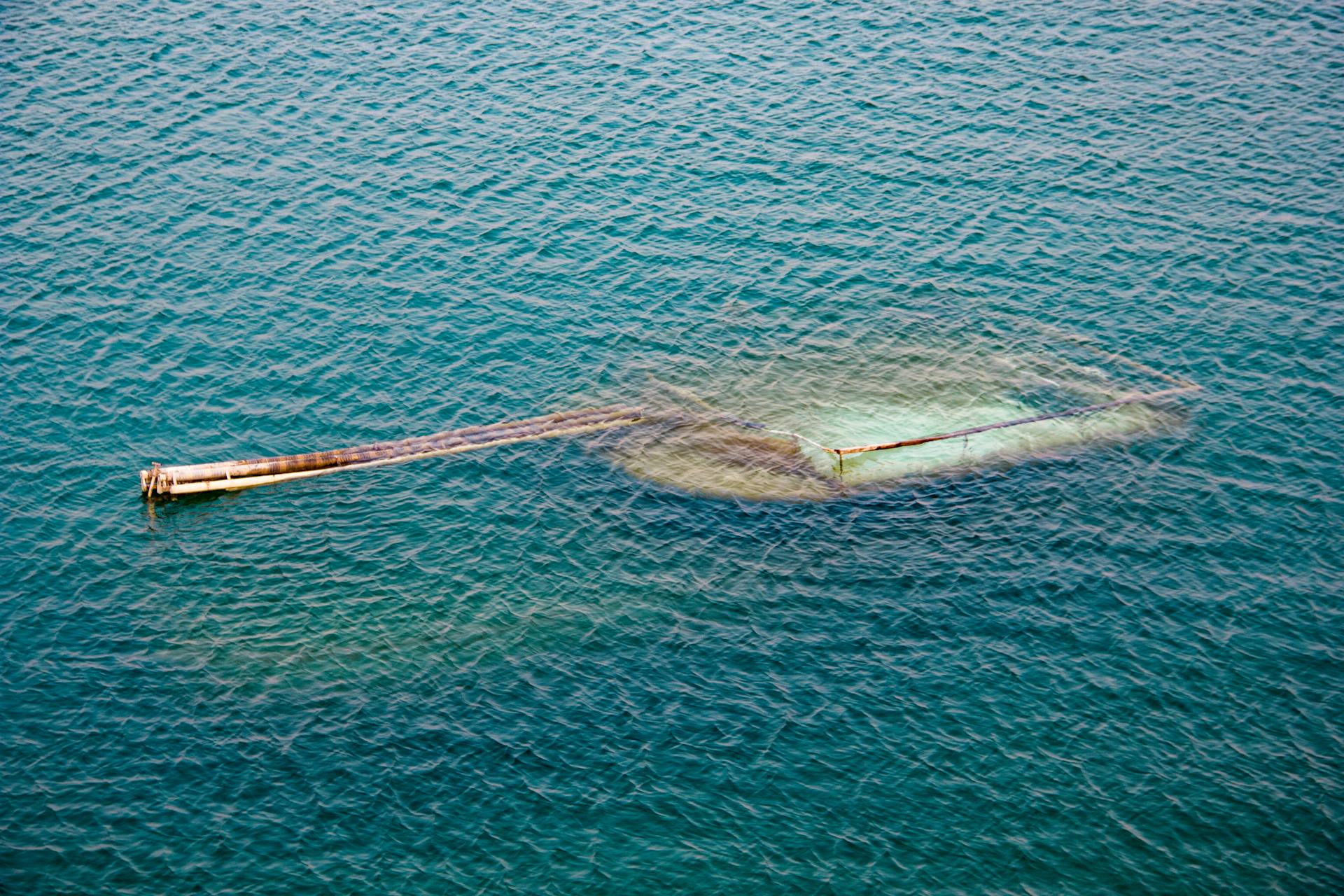Floating structures have become essential in various industries such as marine, construction, and environmental management. Whether for use in offshore oil rigs, floating bridges, or aquatic leisure facilities, the demand for these versatile platforms is increasing. However, the success of floating structures heavily depends on their durability, adaptability, and the materials used to build them. Choosing the right floating structure is crucial for ensuring the longevity, functionality, and cost-efficiency of your project. In this blog post, we’ll explore how to find durable and versatile floating structures that can meet the diverse needs of various industries.
Assessing the Industry Requirements
When selecting a floating structure, it’s important to carefully assess the specific needs of the industry. For example, the oil and gas industry often relies on floating pipelines, which are a popular choice for floating pipelines due to their ability to transport materials over water while maintaining stability. Meanwhile, industries like construction may prioritize strength and load-bearing capacity, as their structures need to support equipment and workers.
For marine leisure and tourism, ease of installation and aesthetics become more important factors. By evaluating the requirements of each industry—such as environmental resistance, mobility, and durability—you can ensure the chosen floating structure meets the project’s long-term needs.
Material Selection for Longevity
The material used to construct a floating structure is crucial for its overall durability and performance. Common options include concrete, steel, aluminum, and composite plastics, each offering distinct advantages. Concrete is often chosen for larger, heavier platforms, such as offshore oil rigs or floating bridges, because of its inherent strength and stability. Steel, known for its flexibility and robust strength, is ideal for platforms operating in harsh or fluctuating environments.
For lighter, more portable applications, composite materials like fiberglass are favored due to their resistance to corrosion, lightweight nature, and easy maintenance. When selecting the material, it’s essential to ensure it not only meets the physical demands of the project but also provides protection against environmental factors such as UV rays, temperature fluctuations, and prolonged water exposure.
Design Flexibility and Versatility
A floating structure must be versatile enough to serve different purposes, and the design should allow for modifications as needed. In industries like construction, floating platforms may need to be modified for use as temporary workspaces or to accommodate heavy equipment. The ability to adapt and configure the structure to meet specific needs can be crucial for maximizing its utility.
Modular floating systems, for example, can be expanded or reconfigured to suit different applications, such as docks, pontoons, or even floating greenhouses. Look for designs that provide flexibility, as well as easy assembly and disassembly, to make the most of your investment.
Environmental Considerations
Environmental factors are a key consideration when choosing a floating structure. Structures used in marine environments must be resistant to corrosion, biofouling, and the effects of harsh weather conditions. In addition, industries focused on sustainability need to ensure that their floating platforms have minimal impact on aquatic ecosystems. Eco-friendly materials, such as recycled plastics or sustainable composites, can help reduce the environmental footprint of floating structures.
The design should allow for proper waste disposal and water filtration systems if the structure is used in environmental projects, such as waste management or aquaculture. Ensuring that the structure adheres to environmental regulations will protect your project and help preserve natural habitats.
Cost-Effectiveness and Maintenance
While durability and versatility are critical, cost-effectiveness should not be overlooked. Floating structures can be expensive to build, install, and maintain, so it’s essential to consider the long-term costs of ownership. High-quality materials may have a higher upfront cost but can save money in the long run due to their durability and low maintenance requirements. Floating structures that require minimal maintenance or have easy-to-replace components can reduce operational costs.
Ensure that you factor in maintenance schedules, possible repairs, and any logistical considerations for transporting the structure to and from its location. This will give you a clear idea of the total cost of ownership and help you choose the most cost-effective option for your industry.
Finding durable and versatile floating structures requires careful consideration of several factors, including industry-specific requirements, material choices, design flexibility, environmental impact, and overall cost. Each industry has unique demands, such as load-bearing capacity for construction or corrosion resistance for marine applications.
Choosing the right material ensures longevity and minimal maintenance, while design flexibility allows for adaptation to changing needs. Environmental considerations, such as sustainability and ecosystem impact, are essential in today’s projects. By focusing on these critical aspects, you can select a floating platform that will meet your industry’s needs, provide long-term value, and enhance operational efficiency.

